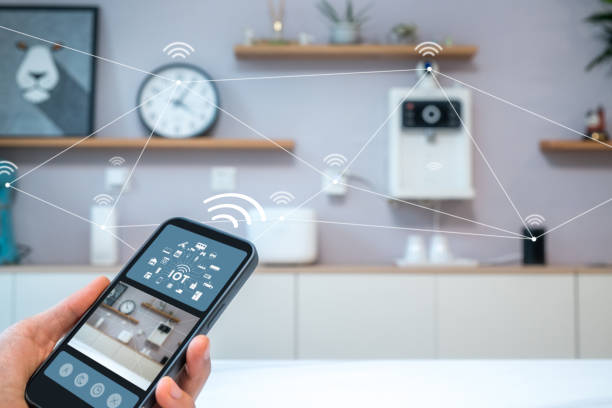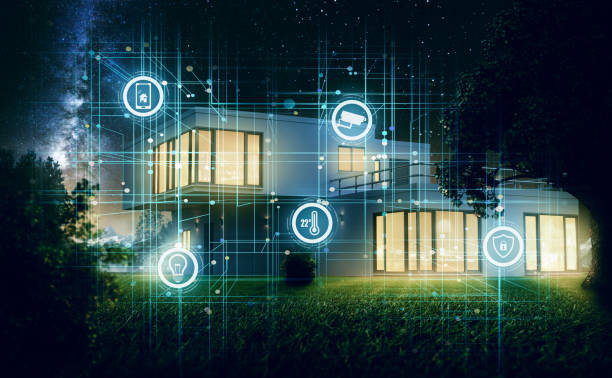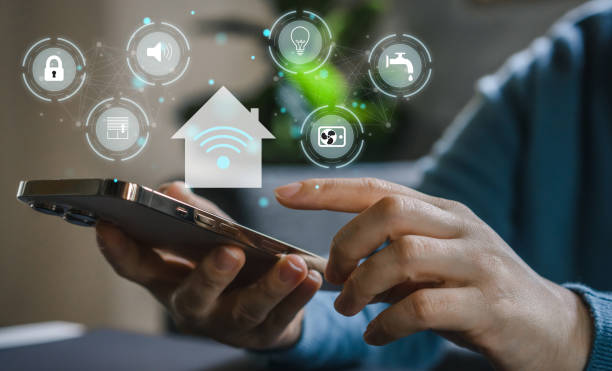Introduction
Everyday technology evolution includes the transition from using gadgets as devices to employing them as appliances. Technology continues to evolve as our interaction with daily devices changes as homes and workplaces become interconnected. The distinction between devices and appliances has evolved together to address modern lifestyle requirements that were once considered separate categories. This article examines how simple devices are giving way to smarter integrated appliances that transform our everyday experiences beyond expectations.
Understanding the Difference: Devices vs. Appliances
The basic function of devices and appliances is different though they both exist to assist people. Devices are normally small, portable devices that are used to support personal needs such as communication, entertainment, and work. Smartphones, laptops, tablets, and wearables are some of them. They are usually internet-enabled and can be used for many things based on the app or software used.
In contrast, appliances are usually bigger and fixed devices that are used in houses or other establishments. They are devices that when used help to save time and energy while performing certain activities, for example, refrigerators, washing machines, ovens, and coffee makers. Up to the recent past, such appliances had not been very sophisticated and did not have the ability to do much else besides the specific job they were made to do.

The Rise of Smart Devices and Appliances
The emergence of Internet of Things (IoT) technology transformed both devices and appliances beyond traditional functions. Smart homes have transformed our daily interactions with basic items in our environment. Humans now reside in a world where they can manage lighting security systems heating systems and kitchen appliances using their smartphones. The merging of device and appliance technology delivers enhanced benefits of convenience and efficiency together with entertainment value in our daily lives.
Efficiency, Connectivity, and Personalization
The primary driving force behind this transformation from devices to appliances can be attributed to the need for better efficiency alongside personalized experiences and improved connectivity. Both consumers and manufacturers now understand that making appliances smart results in both energy savings and increased convenience alongside personalized usage experiences.
Energy Efficiency:
Today smart appliances are equipped with sensors and software that can optimize energy consumption. A smart thermostat for example will learn your habits over time and then adjust the heating or cooling to match those habits to reduce energy waste. A smart dishwasher for example will alter its water usage based on usage patterns.
Personalized User Experiences:
Customization and personalization have transformed into major market differentiators within device technology. Smart appliances now join the trend of delivering more personalized user interactions. Smart appliances such as coffee makers now adapt to our routines by letting users schedule brewing tasks while their washing machine senses fabric types to select the best cleaning cycle.
Convenience Through Integration
Connected home technology which integrates all systems for smooth communication stands as another key reason for device and appliance convergence. Smart homes use central hubs like Amazon’s Alexa or Google Home which enable users to control lights refrigerators and coffee makers through either voice commands or smartphone apps.
Living with this level of integration becomes easier and more efficient. We no longer need to switch between individual devices and appliances to control them one by one. We can build personalized automated workflows according to our daily patterns instead of manual interaction. With smart technology, you can start your oven preheating as you drive home so that dinner is ready once you arrive at home.

The Future of Appliances and Devices
The distinction between devices and appliances will remain indistinguishable in upcoming years. The future will bring highly advanced AI (artificial intelligence), machine learning and automation integration into all aspects of life. A washing machine of the future will handle laundry duties by both cleaning your clothes and identifying fabric material to deliver ideal washing conditions each time. An oven of tomorrow will provide recipe suggestions that take into account your fridge contents together with your eating preferences.
The evolution is driving new business models together with service-oriented strategies. Consumers will now have the option to purchase refrigerators and washing machines through subscription models which include regular product upgrades and repair services as well as cloud-based feature deliveries.
Conclusion
The evolution from devices to appliances demonstrates the wider transformation in human technology relationships. Both devices and appliances have expanded their functional scope because personal tools now serve broader entertainment and communication purposes while household machines achieve greater complexity. The merging of these categories brings about an era characterized by intelligent connected systems alongside personalized living experiences.
This integration not only brings greater convenience and efficiency into our homes but also opens the door for an exciting future where technology can sense our requirements and adapt to it. Innovation is just beginning from devices to smart appliances and the possibilities are endless.

